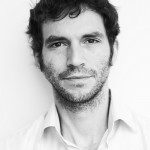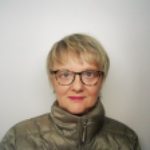Link to Pubmed [PMID] – 30012718
Mol. Syst. Biol. 2018 07;14(7):e8293
In chromosome conformation capture experiments (Hi-C), the accuracy with which contacts are detected varies due to the uneven distribution of restriction sites along genomes. In addition, repeated sequences or homologous regions remain indistinguishable because of the ambiguities they introduce during the alignment of the sequencing reads. We addressed both limitations by designing and engineering 144 kb of a yeast chromosome with regularly spaced restriction sites (Syn-HiC design). In the Syn-HiC region, Hi-C signal-to-noise ratio is enhanced and can be used to measure the shape of an unbiased distribution of contact frequencies, allowing to propose a robust definition of a Hi-C experiment resolution. The redesigned region is also distinguishable from its native homologous counterpart in an otherwise isogenic diploid strain. As a proof of principle, we tracked homologous chromosomes during meiotic prophase in synchronized and pachytene-arrested cells and captured important features of their spatial reorganization, such as chromatin restructuration into arrays of Rec8-delimited loops, centromere declustering, individualization, and pairing. Overall, we illustrate the promises held by redesigning genomic regions to explore complex biological questions.




